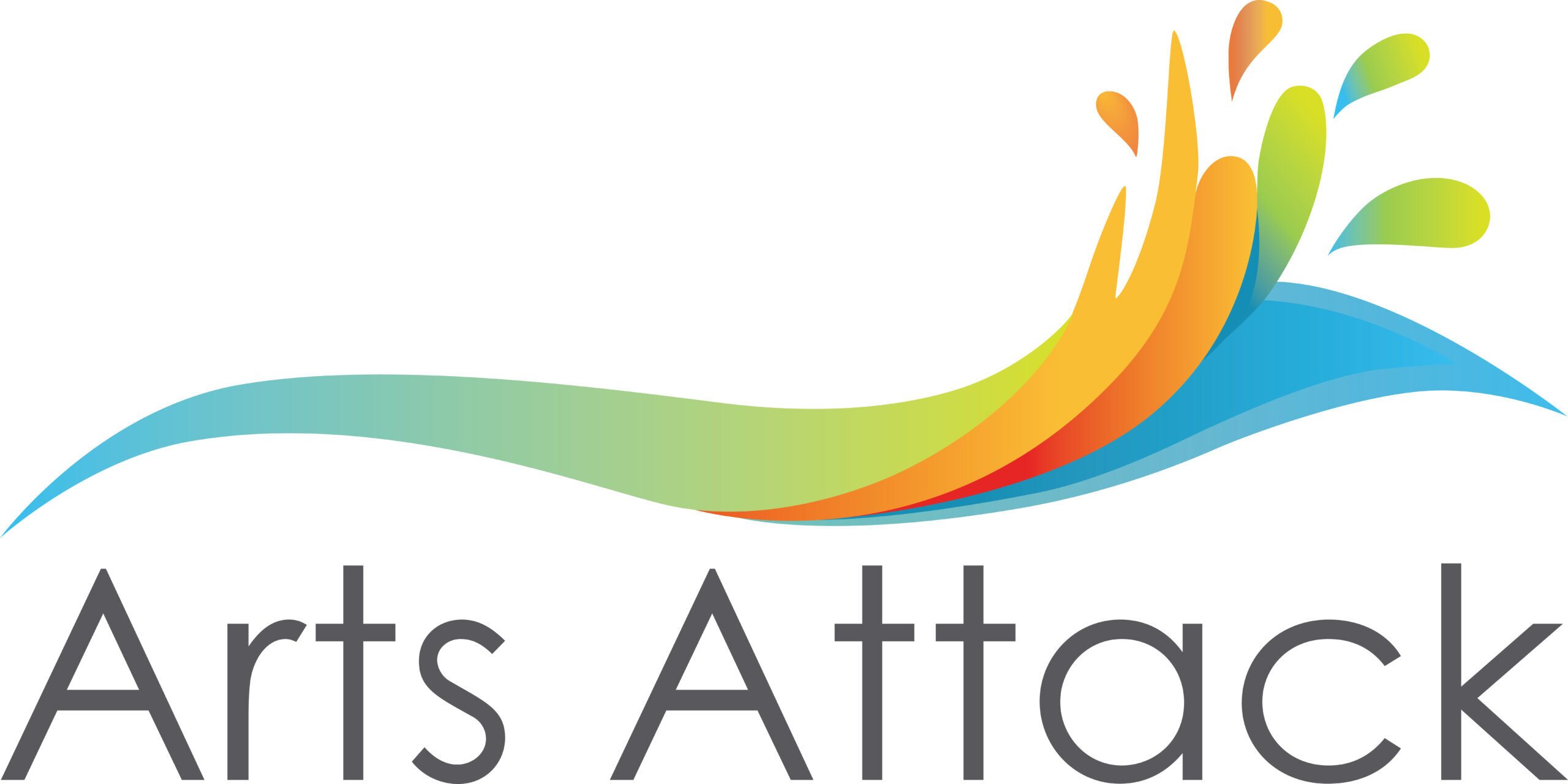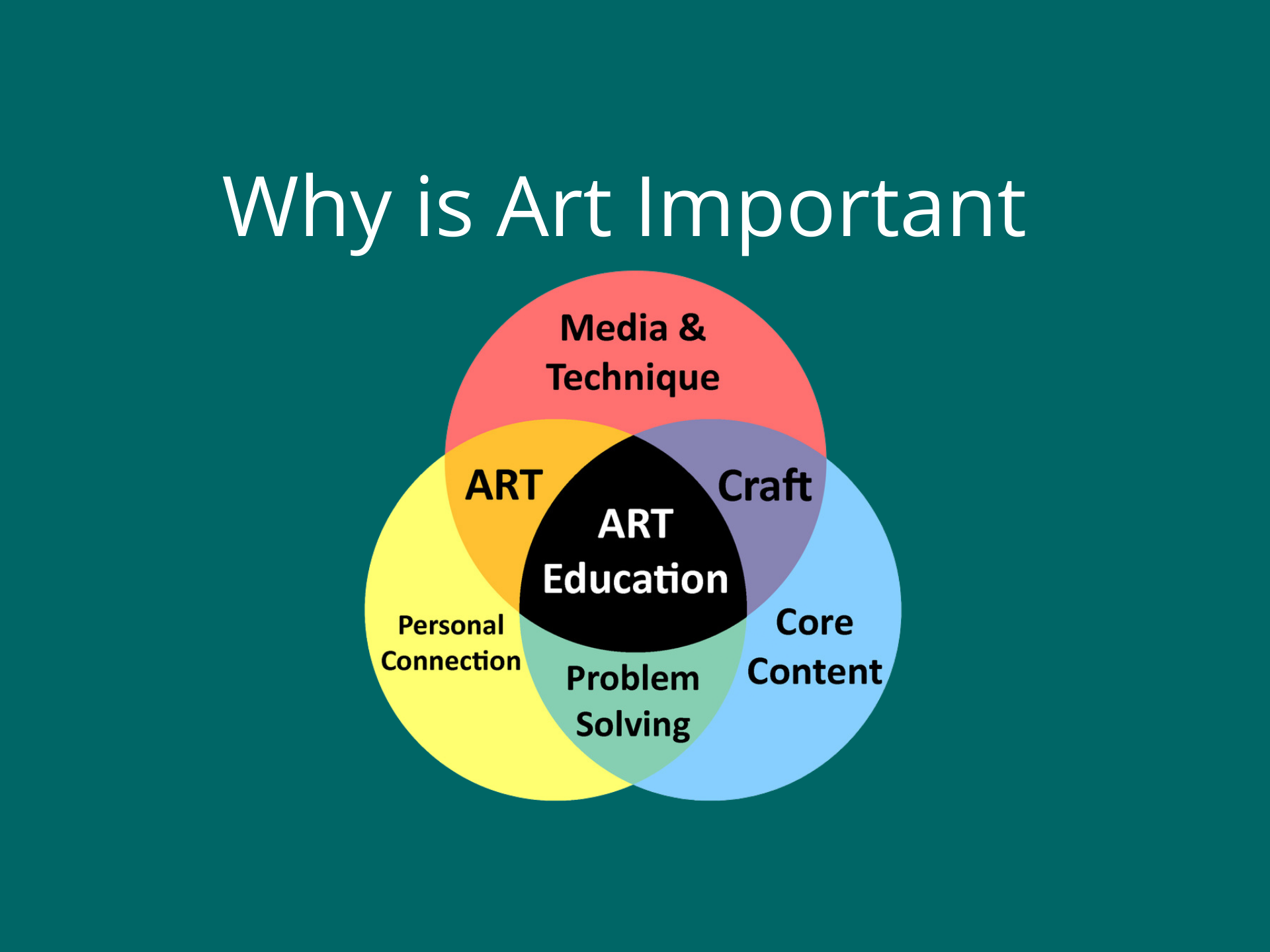Why is Arts Education Important for Kids?
Why is Arts Education Important for Kids?
Q & A With Art Educator Marcia Osterink and T.H.E. JOURNAL
Her online Arts Attack program has helped tens of thousands of teachers and students across the country learn how to make and appreciate art.
Marcia Osterink is a Southern California arts teacher and the creator of Arts Attack, an award-winning art curriculum designed for K-8 that’s available on DVD and streamable online.
Since 1991, Osterink has reached tens of thousands of students and teachers, sharing fundamental arts principles — such as color, line, shape, texture and perspective — as well as step-by-step lessons on creating original art. She has also crafted detailed lessons on art history and appreciation.
Her Arts Attack (Art Training for Teachers and Creative Kids) series has won a Mayor’s Award in her hometown of Del Mar and a Golden Bell Award for outstanding fine arts program from the California School Board Association. Osterink has re-filmed all of her lessons in high definition and created new episodes using Apple’s iMovie. She and her husband Larry have made the entire project available to schools and teachers online since 2014.
Since the beginning of this year, Arts Attack has recognized a Teacher of the Month who’s using the curriculum successfully in his/her class. Tori Foley, a teacher from La Costa Meadows Elementary School in Carlsbad, CA, is April’s honoree.
Osterink (and her husband) shared her thoughts on the arts, technology and why arts education is critical in K-8 education.
THE Journal: Why is arts education important for kids?
Marcia Osterink: Well, I don’t consider it just important, I consider it essential. If you want to get technical, I’m just going to talk about what goes on in kids’ brains, and educators caring about the whole child. Teaching art is teaching how to access the right side of the brain, which is where all imagination, visualization, holistic thinking, synthesizing takes place. Any new idea takes place in the right side of the brain.
We’re helping to develop creative kids who can really express themselves. You can see it when kids are writing, writing a term paper. If they really can’t enter the right side of the brain, they can’t see how all this information goes together, how all these bits and pieces pull together.
THE Journal: Why do there always seem to be cutbacks in arts education?
Osterink: I really think it dates back to the administrators. It dates back to their own art experience, where they didn’t feel good about themselves in art. They don’t value it. It’s like they kind of don’t believe it. Over the years, there have been studies that prove SAT scores go up when young people are involved in art. The kids in the arts outperform kids across the line.
[The administrators] don’t really grasp the full value of it. They kind of think of it as playtime. I just think the decision makers, the administrators just think it’s fluff still. It definitely is not that. I’ve been doing this since 1979, and it’s the same old story. It’s probably worse now than it was then. With No Child Left Behind, there’s been a heavy emphasis on testing and test scores. Teachers are under so much pressure to have high test scores. We don’t have time for art. Art isn’t one of our disciplines that they are testing.
THE Journal: How does art education carry over into other areas of study?
Osterink: When you read, you visualize. Every concept starts with an image. This ability to visualize and imagine does carry over into reading. It carries over into writing. Just this thing I was talking about, the right side of the brain. You have to be able to put things together and make connections between things. When you’re creating art, you have a big piece of paper in front of you, and you try to put something together that has some kind of meaningful whole. That’s what scientists do when they’re doing experiments. If they don’t ever get that vision, that insight of, “Oh, I can see how this all pulls together,” then they can’t invent.



